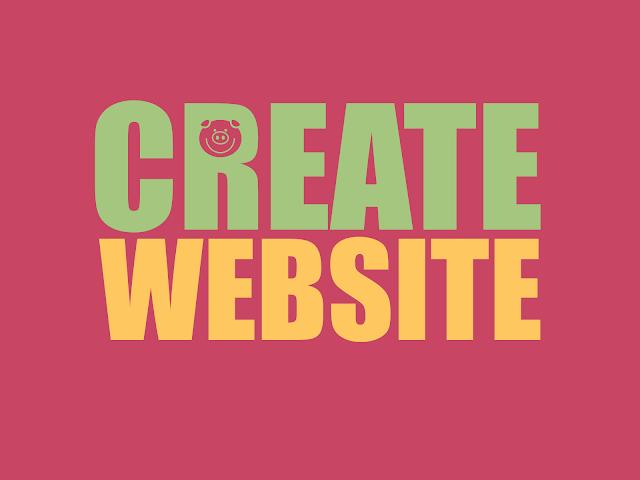
When you first start out to set up your website, you’ll quickly find that the actual process is easier than you probably thought it was. That’s because there are so many easy website generators out there, it doesn’t take much experience with computers to figure out how to set up your site for business. Basically, if you can point and click with your mouse, drag and drop an element where you want it, and then type or upload a picture from your computer, you can create a fully functioning website in just a few short hours (or faster if you pick up things quickly or have some experience).
You may choose to use a online website builder for creating a decent looking website. Otherwise you can create your own HTML website and host it with a website hosting provider (who hosts a website?)
But what about the other things that go into building a website—those intangibles that will make your new website stand out from the competition. After all, if it’s so easy to create a website and everyone is doing it, doesn’t that mean there will be a whole lot more websites out there competing for your business?
How To Set Up Your Website The Right Way—A Beginner’s Strategy Guide
Absolutely. That means the person who is most prepared and has the most knowledge about setting up their website will be the person or organization that comes out on top. To help you be that person with your new website, here are some strategic points for setting up your first website—for a more in-depth look at how to tackle each of these tasks, see the link below:
Know Your Demographic
The absolute first step in setting up a website is having a perfect picture of your audience. Who are you selling to? Who are you trying to attract? What kind of websites do they like? What do they want to know? These are the questions that will directly dictate your website’s look, feel and content. If you don’t know your target audience, your website won’t be molded to attract them and no matter what else you do next, your website will fail.
Do Keyword Research
Now that you know your demographic, it’s time to find out what they are searching for. Keyword research through tools provided by Google Analytics and Bing Webmaster tools (among many, many others) will help you get a feel for what similar sites are optimizing around. If you aren’t optimizing for what your target demographic is searching, your website will fail because they won’t be able to find you. My favorite tool for keyword research is Google Keyword Planner.
Pick A Catchy Domain Name For Your Website
Getting a really catchy domain name for any business is not easy. Almost every domain that is a dictionary word is already sold out. You may need to take help from domain name generation tools to pick the best domain that suites your business and website needs.
Check Out The Competition
Next, you want to see what you’re up against, not just on a keyword spreadsheet, but up close and personal. Go through your competition’s websites. Not only will that let you know what your demographic is seeing elsewhere, it can point out some things that you might have overlooked in your own website planning. Remember, you never want to rip off your competition; you want to key in on what makes your organization or business different and better than what’s out there—not what’s the same about you.
Map Out Your Tree
In web design theory, the simplest and most effective method for laying out your website is by using a tree hierarchy. Think of the way that a tree branches out—this is how you want your website to appear. For example, the main homepage would be the trunk of the tree, containing a solid foundation of information without really branching out into specifics. For each specific that needs elaboration, another page—or branch—should be built. For instance, if you run a dog-walking website, the main page would branch out into weekly services or one-time walking services, each with its own page. If the weekly services have different pricing plans, pop-up boxes could be created (which you can think of as leaves on the branch).
I recommend you to use a Mind Mapping Tool for clearly laying out your website tree.
Pick The Right Web Host
When you have your website’s initial layout mapped out, it’s time to start hunting for the right web host for your site. Not all web hosts are created alike. Look for hosting companies that offer exactly what you need. For instance, if you are going to be an ecommerce site, you’ll need the option to pick a secured server as well as the ability to set up a shopping cart on your site. If you have 20 pages that need to go up, your web host provider has to offer that.
Pick A Theme For Your Website
The best way to have a impressive website in short time is to pick a premium theme from website template marketplaces like Theme Forest. There are many types of already created themes available on these marketplaces. Below are few advantages of using a theme
- Professional look and feel.
- Already tested on multiple platforms and browser by many other users.
- Easily customizable.
- Supported by professionals who are good at theme design.
- Low Cost
- Easy to use and change.
- Multiple commonly used features are already available.
Market Your Website
Once your website is ready you need to start sharing it with people to attract some visitors. One of the best places to market your website are social networks like facebook, twitter and Google+.